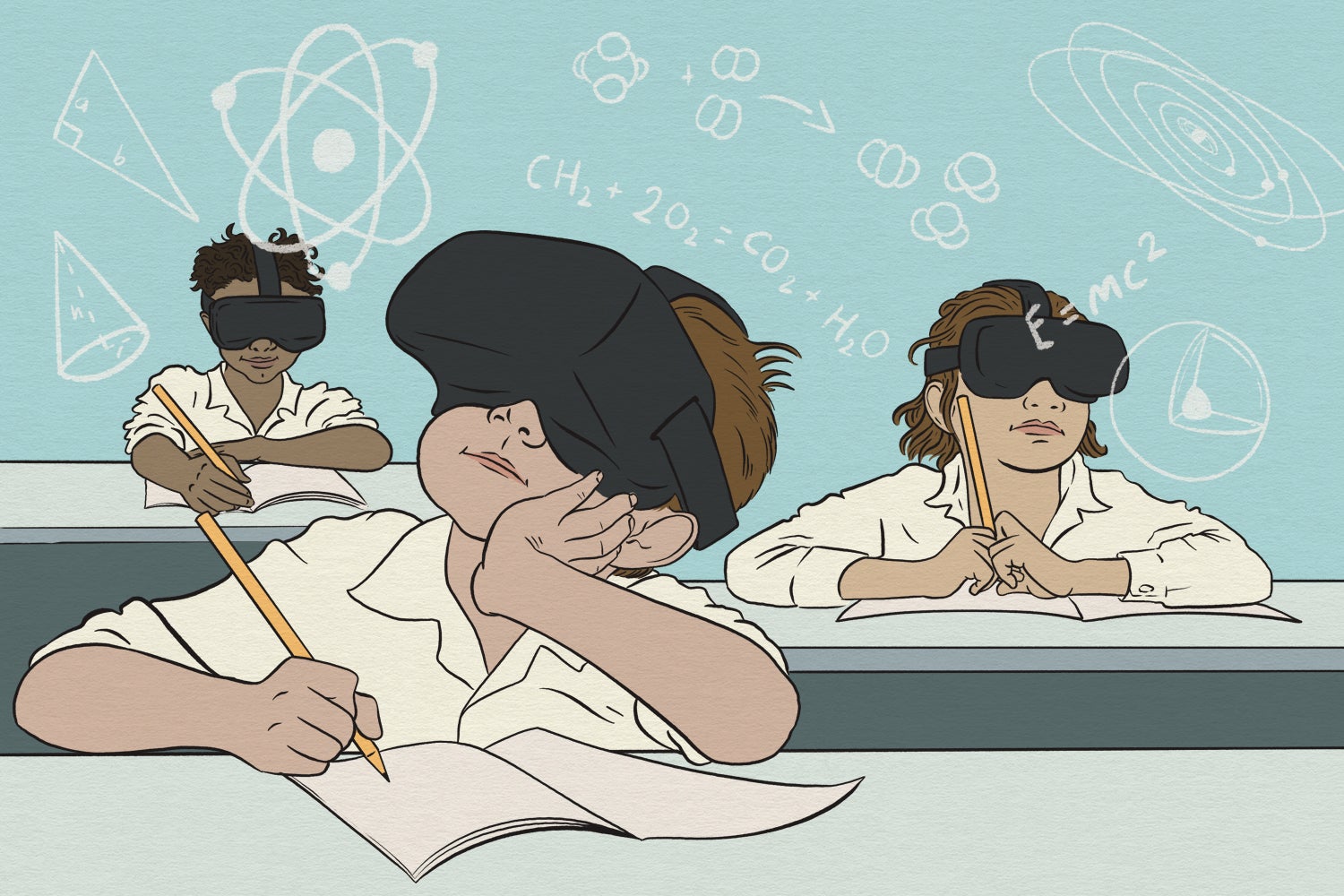Hong Kong’s start-up scene is combining innovation and entrepreneurial spirit with universities and laboratories, coupled with the industrial might of the Greater Bay Area.
At Hong Kong’s Science Parks, research clusters called InnoHK are developing global collaboration. Health@InnoHK focuses on healthcare and AIR@InnoHK on AI and robotics technologies.
Within the Health@InnoHK, the Hong Kong Centre for Neurodegenerative Diseases is currently working in collaboration with University College of London and Stanford University.
Nancy Ip, is the Director of Hong Kong Centre for Neurodegenerative Diseases explains what this collaborative effort works.
“The Hong Kong Science Park has provided the much-needed infrastructure for innovation in technology development. And these biotech start-ups, they can achieve a lot of synergy by interacting with each other in Science Park.
One project that we collaborate on is developing a blood-based biomarker test for Alzheimer’s disease. So this is a very exciting project for us because it really illustrates the power of collaboration amongst the three institutions. With the ageing population worldwide, neurodegenerative diseases, given that it is age related diseases, the prevalence has been increasing substantially.”
AIR@InnoHK, works with people such as Helen Meng at the Centre for Perceptual and Interactive Intelligence, part of the Chinese University of Hong Kong. They work with MIT and others in developing wearable electronics, as Helen Meng explains.
“They can use it for rehabilitation, or we can also use it in sports, in sports training for athletes where the sensors that are embedded in the garment can be used to measure the motions of the athlete in training.”
One of the companies that’s part of that ecosystem is the French company Invivogen, which makes tools for cutting-edge bioresearch.
Xiaobing Li, is the company’s Chief Business Officer in Hong Kong and he describes one example called Reporter Cell Line.
“The cells are actually in the devices and its used for vaccine development. And after vaccination, the authors use our reporter cell lines to test the immune response after the vaccine jab. To do this we have to use the flow cytometer. The devices can be as expensive as half million euro, but here in Science Park they provide the flow cytometer.
The Hong Kong Science and Technology Parks Corporation, or HKSTP for short, is now 20 years old, and has over 1000 companies. Albert Wong is the CEO and he describes the plan for the future of the organisation.
“We need to grow exponentially by leveraging on our basic strengths, including basic research and access to markets. All my life I’ve been working in multinationals and mostly Western companies, and I spent a number of years in a very big company. The commonality is, number one is that there’s limited resources and you need to get a maximum out of it.
So how exactly does HKSTP overcome these challenges? Albert Wong again.
“Electronic labs, biomedical labs, data, robotics, A.I. even we go into virtual labs so that people can come in. They do not need to buy all this expensive equipment, and they can start doing their technology, research and development right away.”
The Greater Bay Area around Hong Kong potentially provides a massive market for products, as Albert Wong explains.
“80 million population within a one or two hour travelling zone. This is a huge market opportunity. But also, Hong Kong can play a role in bringing out technology from China, Hong Kong into the Southeast Asia area.”









